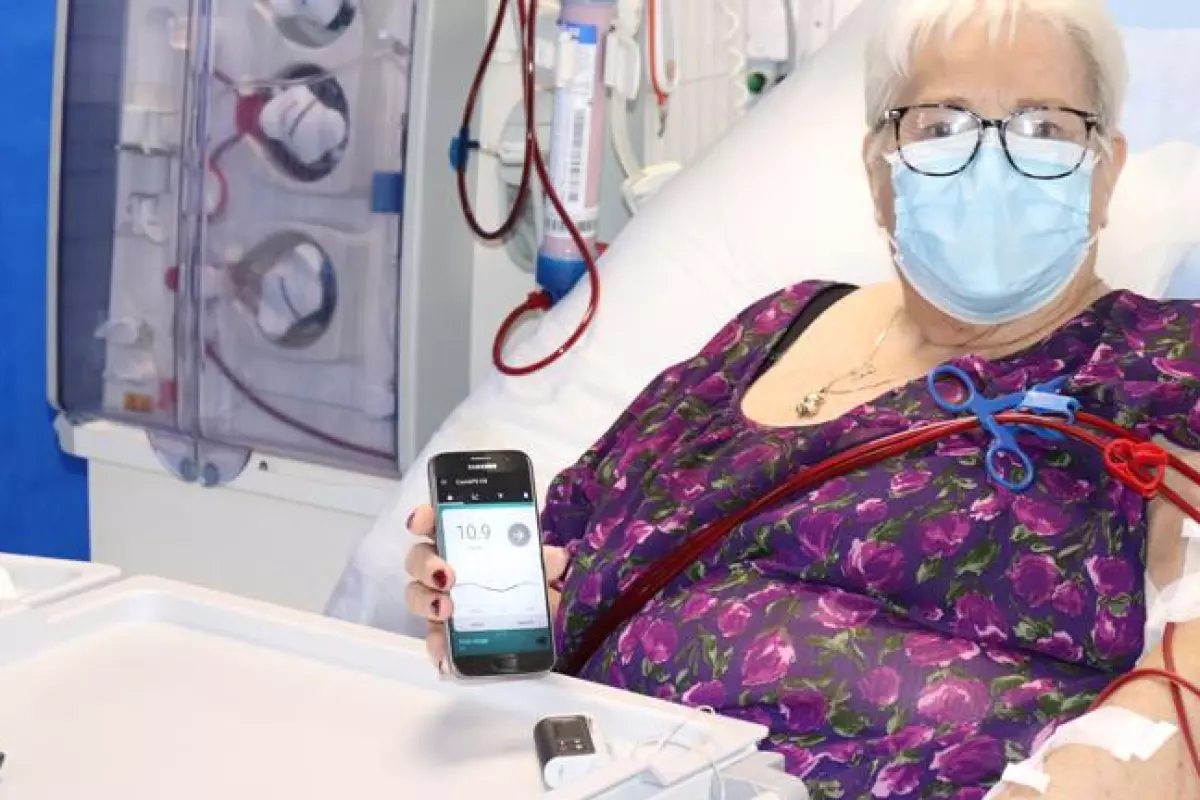An artificial pancreas has been trialed in patients with type 2 diabetes for the first time. The device monitors a person’s blood glucose levels and automatically administers insulin when needed – and the results so far are promising.
Diabetes begins when beta cells in the pancreas are unable to produce enough insulin to manage the body’s blood glucose levels. Patients with type 2 diabetes need to monitor their glucose levels themselves, and manually administer insulin as needed.
The artificial pancreas is designed to automate that process better. It’s a small, wearable device that can containing a glucose sensor, an insulin pump and software algorithms running on a phone. The sensor is placed under the user’s skin, where it monitors their blood glucose levels, and when they get too high, the pump delivers a dose of insulin. The goal is that this can all take place without the patient having to actively do anything or even be aware of it.
In 2016 the FDA approved these artificial pancreas devices, and soon after they were tested in patients with type 1 diabetes. But now, researchers from Cambridge and the University Hospital of Bern have conducted a trial in patients with type 2 diabetes and kidney failure, who require dialysis.
Running between October 2019 and November 2020, the trial involved 26 patients, with 13 using the artificial pancreas first then switching to a standard insulin therapy, and the other half doing the opposite. Over 20 days, scientists monitored how long the patients spent in their target blood sugar range.
The team found that while using the artificial pancreas, patients spent an average of 53 percent of the time in the target range, up from 38 percent while on the standard treatment. That’s about 3.5 hours more per day. Mean blood sugar levels were generally lower on the device too.
Better yet, the artificial pancreas performed better over time. Thanks to adaptive algorithms, patients’ time in the target range increased from around 36 percent on the first day to over 60 percent by day 20. Patients also reported spending less time managing their condition and feeling less worried about their blood sugar levels.
“Not only did the artificial pancreas increase the amount of time patients spent within the target range for the blood sugar levels, it also gave the users peace of mind,” says Roman Hovorka, an author of the study. “They were able to spend less time having to focus on managing their condition and worrying about their blood sugar levels, and more time getting on with their lives.”
With such promising results in this particularly high-risk group – patients with type 2 diabetes and kidney failure – the team says that it should work well for the wider population of diabetic patients without kidney failure. Trials are already underway in this group.
The research was published in the journal Nature Medicine.
Source: Cambridge University




